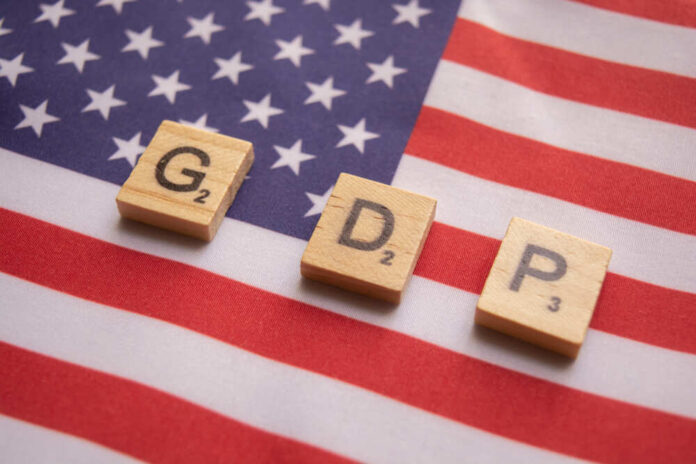
The Bureau of Economic Analysis released the gross domestic product (GDP) figures for the fourth quarter of 2022 this week, indicating 2.9% growth in the economy, including the latest blast of federal government spending. Joe Biden took to Twitter to celebrate the news, saying, “Our economic plan worked. And it still is.” However, not everyone sees the report as a cause for celebration.
You're economic plan is working all right…
Gas is 45% higher than when you entered office.
Food, per BLS, is seeing double digit inflation.
Rents are soaring….
Your billionaire donors are stealing everything not nailed down.
Exactly as you promised. @POTUS https://t.co/hRSR3aabfh pic.twitter.com/zDoFpEdzQ2
— J.M. Hamilton (@jmhamiltonblog) January 27, 2023
The Heritage Foundation’s research fellow, EJ Antoni, suggests the numbers should “have alarm bells ringing, not trumpets sounding.”
Antoni notes that the economy is actually slowing down and that the areas that contributed positively to gross domestic product (GDP) may not be indications of prosperity. Business investment, for instance, only grew by 1.4% in the fourth quarter and was primarily driven by inventory growth. Meanwhile, residential investment fell by 26.7% as consumers struggled with the combination of high home prices, high-interest rates, and declining real incomes.
He also notes a sharp decline in real disposable income in 2022, which exceeded $1 trillion and was the second-largest drop in history.
The report’s findings indicate that consumers are depleting their savings and relying on credit to keep up with inflation, resulting in a decline in consumer spending. Antoni explains that this could spell trouble for the economy, as consumer spending accounts for roughly two-thirds of GDP.
Aside from the concerns over the state of the economy, the interest payments on government debt are also a cause for worry. In the fourth quarter of 2022, the U.S. government spent a record $213 billion on interest payments, up $63 billion from the previous year. The Federal Reserve’s rate hikes over the past year have caused borrowing costs to rise, leading to this sharp increase in interest payments.
Antoni believes that the impact of higher interest payments on the government’s budget is being ignored and that this could force the government to lower spending, raise taxes or issue more debt to meet its obligations. The national debt currently stands at over $31 trillion and represents more than 120% of the nation’s GDP. The U.S. has been fortunate with historically low-interest rates in recent years, but this may not always be the case.
While the latest GDP numbers may appear positive on the surface, they could be a warning sign that the economy is not as strong as it seems. Moreover, the rising interest payments on government debt, combined with the decline in consumer spending, could spell trouble for the future. It remains to be seen how these developments will play out, but one thing is for certain – the U.S. economy is not out of the woods yet.














